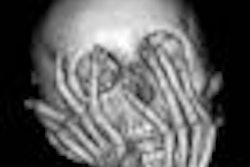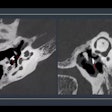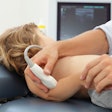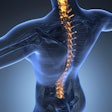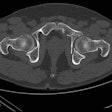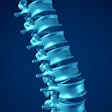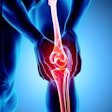Dear Musculoskeletal Imaging Insider,
A multitude of interesting musculoskeletal imaging studies was presented last week at the RSNA annual meeting.
Among them was research from Children's Hospital at Vanderbilt in Nashville, TN, which explored the characteristics of epiphyseal cartilage perfusion abnormalities among children with osteomyelitis and septic arthritis to help determine better diagnoses for the conditions.
Lead author David P. Johnson, a medical student at Vanderbilt, said the study determined epiphyseal cartilage perfusion abnormalities were more common among children with osteomyelitis and septic arthritis than in a control group. The hope is that more knowledge about the abnormalities can help diagnose osteomyelitis and septic arthritis, which can adversely affect joint development in young children.
Read this Insider Exclusive, available to you before the rest of our AuntMinnie.com members, by clicking here.
Also from RSNA 2009, a study from Stanford University found that fluorine-18 (F-18) fluoride ion PET/CT may help predict which metastatic lesions will be painful in the thoracolumbar spine, potentially leading to better preventive treatment for those patients. Lead author Dr. Vijay Aroor Rao outlined the study and explained how pain related to bony metastases is the most significant morbid experience reported by patients suffering from cancer.
A study from Montefiore Medical Center in New York City has found that overweight and obese adolescents who came to an emergency department for severe back pain had a high incidence of lumbar disk herniation. Dr. Judah G. Burns presented the research at RSNA 2009, noting that disk herniation and spinal disease are increasingly common in obese youngsters. He said it is the first study to show an association between increased body mass index and disk abnormalities in children.
Finally, if you think that anterior cruciate ligament (ACL) rupture is all in your head, a study in the December issue of the American Journal of Sports Medicine says you're right.
Led by Dr. Eleni Kapreli from the Technological Educational Institution of Lamia, Greece, the functional MRI study of the brain's adaptation to a peripheral joint injury offers strong evidence that the injury causes a disturbance in neuromuscular control, affecting the central programs and, consequently, the motor response, resulting in dysfunction of the injured limb.
Stay in touch with the Musculoskeletal Imaging Digital Community in the coming weeks, as we review more research from RSNA 2009. Most of all, have a safe and happy holiday season!






